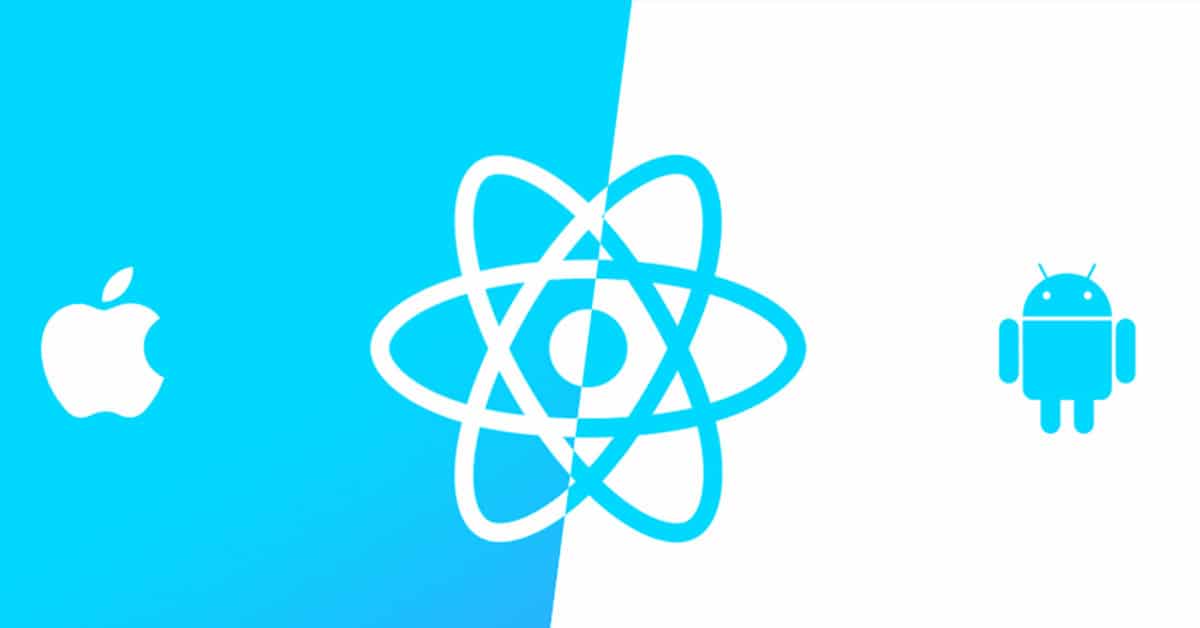In certain scenarios, React Native offers distinct advantages over native applications, despite the strengths inherent to both platforms. Its cross-platform compatibility, faster development cycles, and shared codebase reduce time-to-market and costs. Additionally, a large community, reusable components, and hot reloading capabilities make it ideal for startups and businesses aiming to deliver consistent, high-quality mobile experiences efficiently.
What is React Native?
React Native is a JavaScript library created by Facebook. React Native is a tool for building UI components enabling developers to create fast, responsive, and visually appealing mobile applications for both iOS and Android using a single codebase. It leverages native APIs, supports modular architecture, and allows for seamless integration with third-party plugins, enhancing flexibility and performance.
How does React Native work?
React Native creates a VIRTUAL DOM in memory.
Instead of manipulating the browser’s DOM directly, React Native creates a virtual DOM in memory, where it does all the necessary manipulating, before making the changes in the browser DOM.
This approach improves performance by minimizing direct DOM updates, reducing rendering overhead, and ensuring smoother user interactions. It also enables efficient diffing algorithms, making UI updates faster, more predictable, and scalable across complex application interfaces.
By optimizing rendering flows and resource usage, applications achieve higher responsiveness, maintain stability under heavy workloads, and deliver consistent user experiences across devices.
Explore our premium REACT template collection….check out your different business websites!
5 Reasons Why Is React native Most Preferred App Development Framework
1. Cross-Platform Compatibility
-> It can be used to develop both Android and iOS apps through one codebase. It is convenient to embed native codes when the developer has to integrate platform-specific authenticity into your application, ensuring optimal performance, leveraging device capabilities, and delivering a truly native-like user experience.
2. UI and Performance
-> Widely used methods for writing hybrid mobile applications are combinations of JavaScript, HTML, and CSS. The applications will maintain high performance without sacrificing capability as React works independently from the UI, , enabling smooth updates, reducing load times, and providing a consistent experience across multiple devices and operating systems.
3. Live Update & Codepush
-> The users won’t have to go through the entire app store update cycle again and again to update your app. You can easily integrate Microsoft’s live update service CodePush SDK to your React Native app, , allowing instant feature deployment, fixing bugs quickly, and delivering improvements without waiting for lengthy app store approval processes.
4. Wide Scope To Use Native Code
-> React Native efficiently merges native components inscribed in Objective-C, Java, or Swift. Developing customized native components and binding them together for each supported platform in a React Component gives a performance boost, ensuring the smoother and faster app performance.
5. Hot Reloading
-> React Native boosts productivity and reduces overall development time with the introduction of Hot Reload. It enables a developer to keep the app running while implementing new versions and tweaking the UI.
6. Reusable Code
- The reusability of components and modules in React Native offers developers the opportunity to implement a consistent design system across multiple platforms. This feature is particularly valuable for ensuring a unified user experience across applications.
:- basic insights as to why React Native has been so successful.
- A framework for writing real, natively rendering mobile applications for iOS, Android, and Windows platforms.
- Uses a bridge to translate all JavaScript code to the target device’s native language (Java on Android and Objective-C on iOS).
- Uses the same standard UI building blocks as regular iOS and Android apps.
- Enables fast and efficient mobility solutions with unified development teams for both web and mobile apps.
- Used to build popular apps such as Facebook, Instagram, Skype, Airbnb, Walmart, Tesla, and many more.
Check Our Very First Development Of React Template Here Or Else You Can Buy Here!
